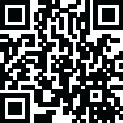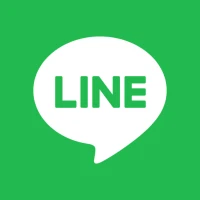
Latest Version
1.0
March 29, 2025
Buket Zehir
Games
iOS
70.7 MB
0
Free
Report a Problem
More About Block Masters
The Art of Blocking: Mastering Digital Boundaries
In today's hyper-connected world, the ability to block unwanted interactions has become a crucial skill. Whether it's on social media, email, or even in our personal lives, knowing how to effectively set boundaries can lead to a more peaceful existence. This article delves into the nuances of blocking, exploring its importance, methods, and the psychological aspects behind it.
Understanding the Need to Block
Blocking is not merely a defensive mechanism; it serves as a vital tool for maintaining mental health and personal space. In an age where digital interactions can often feel overwhelming, the ability to block unwanted communication can significantly enhance your quality of life.
The Psychological Impact of Unwanted Interactions
Unwanted messages, comments, or interactions can lead to stress and anxiety. Research indicates that constant exposure to negativity can affect mental well-being. By blocking these interactions, individuals can create a healthier digital environment, allowing for more positive engagements.
Methods of Blocking: A Comprehensive Guide
There are various platforms and methods available for blocking unwanted interactions. Understanding how to utilize these tools effectively can empower you to take control of your digital space.
Social Media Platforms
Most social media platforms offer built-in blocking features. Here’s how to use them:
- Facebook: Navigate to the profile of the person you wish to block, click on the three dots on their profile, and select "Block."
- Twitter: Go to the profile of the user, click on the three dots, and choose "Block." This will prevent them from following you or seeing your tweets.
- Instagram: Visit the user’s profile, tap on the three dots in the upper right corner, and select "Block."
Email Filters
Blocking unwanted emails is equally important. Most email services allow users to create filters to automatically send unwanted messages to the spam folder. Here’s how:
- Gmail: Open the email, click on the three dots, and select "Block [Sender]." You can also create filters to manage incoming emails more effectively.
- Outlook: Right-click on the email, select "Junk," and then "Block Sender." This will prevent future emails from that address.
When to Block: Recognizing Red Flags
Knowing when to block someone is crucial. Here are some red flags to consider:
- Harassment: If someone is persistently sending negative or threatening messages, it’s essential to block them immediately.
- Inappropriate Content: If an individual shares content that makes you uncomfortable, blocking them can help maintain your peace of mind.
- Negative Influence: If someone consistently brings negativity into your life, it may be time to reevaluate the relationship and consider blocking them.
The Benefits of Blocking
Blocking unwanted interactions can lead to numerous benefits, including:
- Improved Mental Health: Reducing exposure to negativity can significantly enhance your overall well-being.
- Increased Focus: By eliminating distractions, you can concentrate better on your personal and professional goals.
- Enhanced Relationships: Focusing on positive interactions can lead to stronger, more meaningful connections with others.
Conclusion: Embracing the Power of Blocking
In conclusion, the ability to block unwanted interactions is a powerful tool in today’s digital landscape. By understanding when and how to block, individuals can create a healthier, more positive environment for themselves. Embrace the art of blocking and take control of your digital interactions for a more fulfilling life.
Rate the App
User Reviews
Popular Apps










Editor's Choice






























